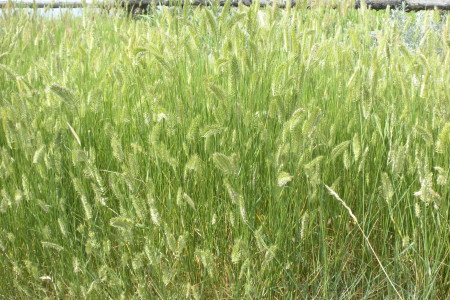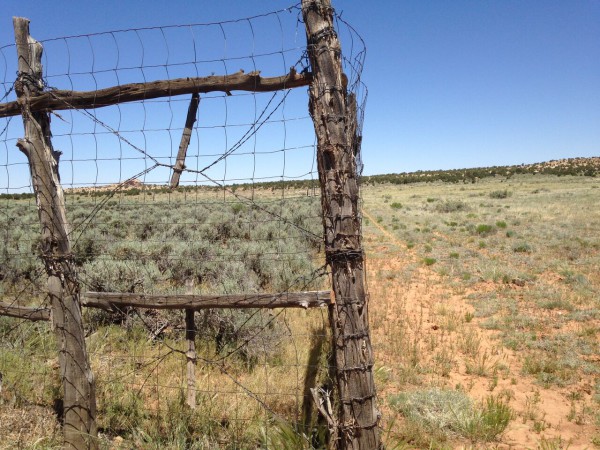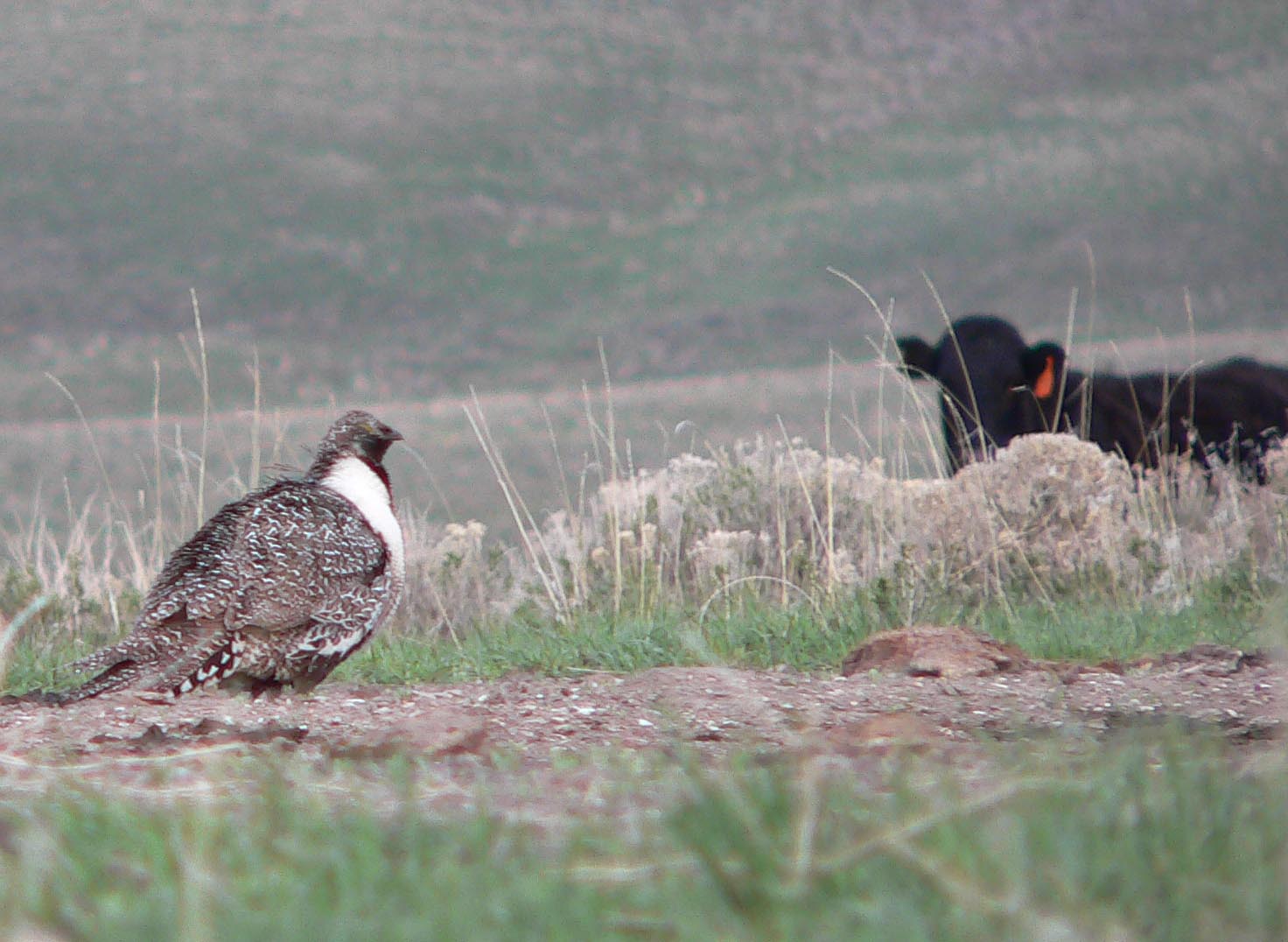The comment below appears in the Grand Staircase Escalante National Monument Livestock Grazing Plan Amendment EIS (Environmental Impact Statement): Appendix B. Comments by Process Category and Planning Issue. Page B-40 published by the BLM in May 2014.
“Native cool-season perennial bunchgrasses can be very sensitive to defoliation and growing season use. Anderson (1991) stated in regards to bluebunch wheatgrass, “Effects of growing season defoliation injury are well documented: basal area, stem numbers and both root and forage yields are reduced and mortality can be high…. Defoliation to very short stubble heights during the boot stage has been reported to essentially eliminate plants within as few as three years. … Vigor recovery has been found to require most of a decade, even with complete protection from grazing.” The author went on to describe experiments in which a single clipping of the grass during the growing season produced 43% less herbage and 95% fewer flower stalks the following year than unclipped plants. He cited a deferred rotation system in eastern Oregon, in which it was reported that bluebunch wheatgrass could not be maintained at 30 – 40% use in the boot stage (early June).”
While I agree that most of the statements above can be correctly attributed to Anderson (1991), the highlighted sentence in paragraph one cannot. Anderson reviews only bluebunch wheatgrass (BBWG) studies, not native cool-season perennial bunchgrasses in general. Thus, the studies in the review can’t be extended to other grasses. As a forage species BBWG is intolerant of grazing, a poor competitor, and has erratic seed production. The second half of the highlighted (blue) sentence, in my opinion and based on Anderson (1991) should read: “can be very sensitive to defoliation during the growing season from boot to seed head emergence.”
Most of the studies reviewed in Anderson (1991) were conducted in areas with an average annual precipitation of 12” or less. In addition, many of the defoliation studies reviewed were not grazing studies but clipping studies. Anderson (1991) points out that one has reason to question how valid it is to compare clipping studies to grazing by livestock. See the post Clipping Does Not Simulate Grazing.
Other points made by Anderson (1991) concerning BBWG include:
- Limited moisture and excessive competition were the most limiting factors that hindered seedling establishment of BBWG.
- In many studies, it was difficult to determine if the response of BBWG was due to a loss of leaf tissue or changes in competition with other plants.
- Light use, from boot to seed maturity, has little effect on plant health
- BBWG could be grazed early provided livestock are removed 1.5 to 2-weeks before boot.
- Plants can be grazed as they start to cure but still have some green in them.
- Light grazing (0-25%) resulted in more growth, weight, and seed head numbers than control plants while moderate (25%-70%) and heavy (above 70%) grazing had no effect on these variables. (Note: The study was conducted the year following a severe drought (precip. 49% of norm.). and the following spring precipitation was 43% above normal).
- In areas experiencing heavy grazing, BBWG declined and Idaho fescue (a native cool-season bunchgrass) became the dominant grass.
- Clipping BBWG to 1” or less during boot for three years essentially eliminate the grass. However, plant material shorter than 2″ is not normally considered accessible to grazing by cattle.
- Only slight detrimental effects were observed in BBWG clipped to ground level in summer and late fall.
- Defoliation to 2″ during dormancy is not likely to cause mortality but may reduce yields the following year by 25%.
- The vigor of BBWG improved long-term when it was grazed one year at “seed show” and the following year at “seed set” based on 30% utilization.
- It took 7 years for BBWG to recover from a single removal of 50 percent of its biomass and competing vegetation around the plant was clipped to ground level. However, Caldwell and Richards (1986) questioned whether BBWG actually takes so long to recover or if the slow adjustment of competitive balance in the plant community that can take nearly decade affected the vigor of BBWG.





